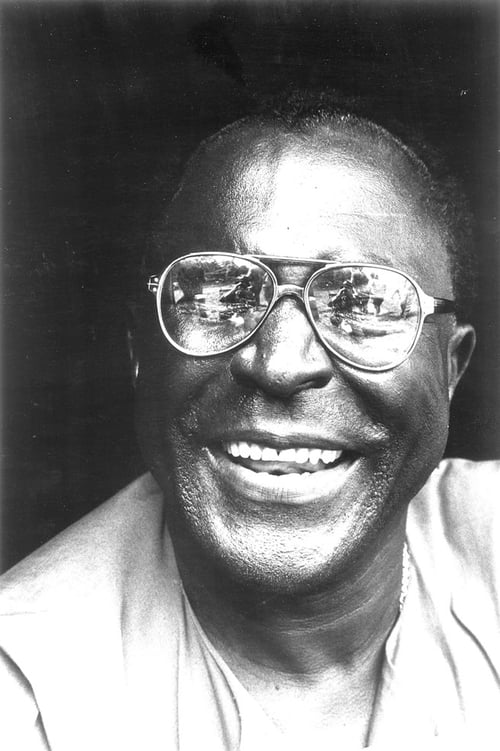Sonny Terry
出生 : 1911-10-24, Mineola, New York, U.S.
死亡 : 1986-03-11
略歴
Sonny Terry was an American Piedmont blues and folk musician, who was known for his energetic blues harmonica style, which frequently included vocal whoops and hollers and occasionally imitations of trains and fox hunts.

Self (Sonny Terry & Brownie McGhee)
Taken from the European tours organised for American blues musicians between 1962 and 1969, this release features performances by several popular blues artists, including: Big Mama Thornton, Roosevelt Sykes, Buddy Guy, Dr. Isaiah Ross, Big Joe Turner, Skip James, Bukka White, Son House, Hound Dog Taylor and Little Walter, Koko Taylor and Little Walter, Sonny Terry and Brownie McGhee, Helen Humes, Earl Hooker, and Muddy Waters.

Self (archive footage)
Director Mike Figgis (Stormy Monday, Leaving Las Vegas, Time Code) joins musicians such as Van Morrison, Eric Clapton, Jeff Beck, and Tom Jones, performing and talking about the music of the early sixties British invasion that reintroduced the blues sound to America.

Himself

Sonny Terry & Brownie McGhee
Taken from the European tours organised for American blues musicians between 1962 and 1969, this release features performances by several popular blues artists, including: T-Bone Walker, Lightnin' Hopkins, Victory Spivey, T-Bone Walker ...

Sonny Terry & Brownie McGhee
Taken from the European tours organised for American blues musicians between 1962 and 1969, this release features performances by several popular blues artists, including: T-Bone Walker, John Lee Hooker, Muddy Waters, etc.
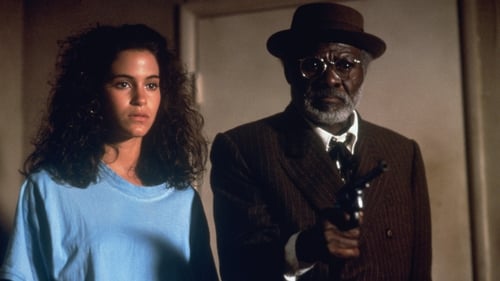
Musician
A wanna-be blues guitar virtuoso seeks a long-lost song by legendary musician, Robert Johnson.
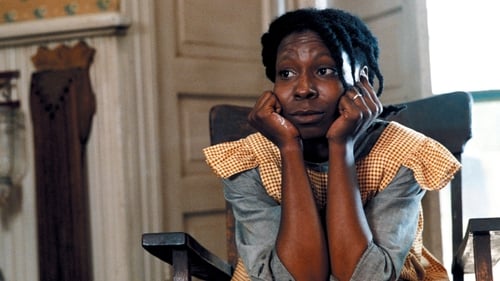
Jook Joint Musician
1909年、人種差別が色濃く残るジョージア州。幼くして出産経験がある少女セリーにとって心の支えは、美人で頭がいい妹ネティだった。そんなセリーは“ミスター”と呼ばれる男性に嫁ぐことに。奴隷も同然の毎日を過ごす中、家出をしたネティがセリーの家に訪ねてくるが、ミスターは彼女を追い払ってしまう。やがてミスターは昔の恋人で歌手のシャグを家に住まわせるように。セリーはシャグとの出会いを機に自立を意識しだす。

Self
A warmhearted memorial to the folk singer whose songs galvanized organizers and guitar-pickers across the United States. Part biography, part travelogue and part hootenanny, it follows the singer's son, Arlo Guthrie, as he retraces his father's steps and collects reminiscences from his father's family, friends and musical partners.
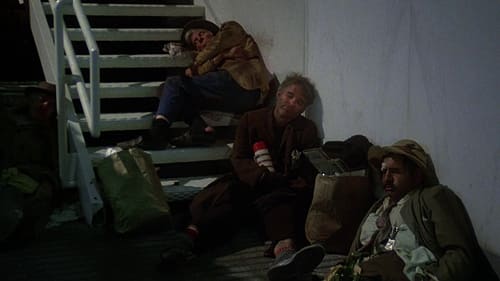
Blues Singer
After discovering he's not really black like the rest of his family, likable dimwit Navin Johnson runs off on a hilarious misadventure in this comedy classic that takes him from rags to riches and back to rags again. The slaphappy jerk strikes it rich, but life in the fast lane isn't all it's cracked up to be and, in the end, all that really matters to Johnson is his true love.
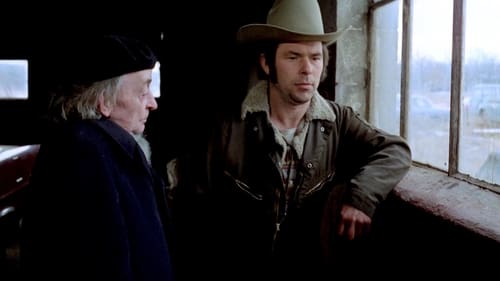
Original Music Composer
Bruno Stroszek is released from prison and warned to stop drinking. He has few skills and fewer expectations: with a glockenspiel and an accordion, he ekes out a living as a street musician. He befriends Eva, a prostitute down on her luck and they join his neighbor, Scheitz, an elderly eccentric, when he leaves Germany to live in Wisconsin.
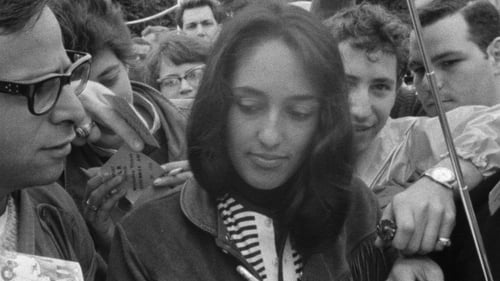
Self
Black and white footage of performances, interviews, and conversations at the Newport Folk Festival, from 1963 to 1966. The headliners are Peter, Paul and Mary, Joan Baez, Pete Seeger, and Bob Dylan, who's acoustic and electric. Son House and Mike Bloomfield talk about the blues; John Hurt, Howlin' Wolf, and Sonny Terry and Brownie McGhee show its range. The Osborne Brothers perform bluegrass. Donovan, Johnny Cash, Judy Collins, Mimi and Dick Farina, and others less well known also perform. Several talk musical philosophy, and there's a running commentary about the nature and appeal of folk music. The crowd looks clean cut.

A 16 minute short comprising 2 acts of a 1964 event where an innovative group of musicians performed on a real railroad track. The audience on one side of the tracks and the musicians on the station side.

Musician
In 1944 Lye moved to New York City, initially to direct for the documentary newsreel The March of Time. He settled in the West Village, where he mixed with artists who later became the Abstract Expressionists, encouraged New York’s emerging filmmakers such as Francis Lee, taught with Hans Richter, and assisted Ian Hugo on Bells of Atlantis. Color Cry was based on a development of the “rayogram” or “shadow cast” process, using fabrics as stencils, with the images synchronized to a haunting blues song by Sonny Terry, which Lye imagined to be the anguished cry of a runaway slave. —Harvard Film Archive

Music
In 1944 Lye moved to New York City, initially to direct for the documentary newsreel The March of Time. He settled in the West Village, where he mixed with artists who later became the Abstract Expressionists, encouraged New York’s emerging filmmakers such as Francis Lee, taught with Hans Richter, and assisted Ian Hugo on Bells of Atlantis. Color Cry was based on a development of the “rayogram” or “shadow cast” process, using fabrics as stencils, with the images synchronized to a haunting blues song by Sonny Terry, which Lye imagined to be the anguished cry of a runaway slave. —Harvard Film Archive
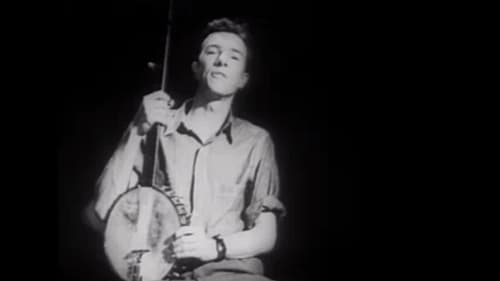
Himself
A short film about Pete Seeger and the birth of banjo music throughout the Southern United States.
